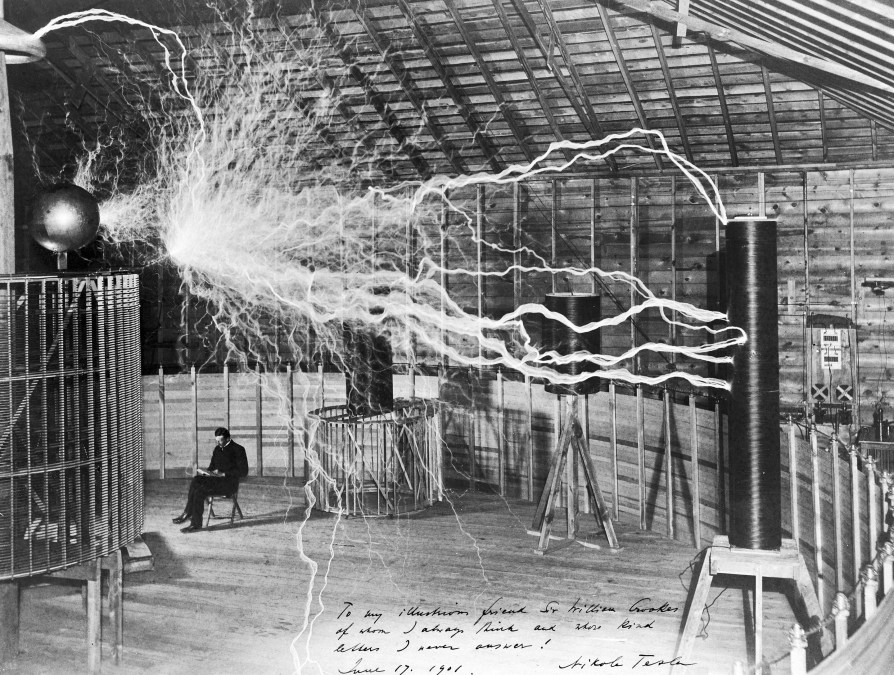These photos of scientific heroes and accomplishments inspire awe and curiosity.
Science has given humanity an incalculable boost over the recent centuries, changing our lives in ways both awe-inspiring and humbling from space exploration to medical advancements bringing us a chest seal and amazing new ways to treat the human body.
Fortunately, photography, a scientific feat in and of itself, has recorded some of the most important events, people, and discoveries in science, allowing us unprecedented insight and expanding our view of the world beyond the everyday images of ww1 airplanes and global warming.
Here are some of the most important scientific photos of history:
Hubble’s “eXtreme Deep Field”

This photograph, delivered on September 25th, 2012, called the eXtreme Deep Field, or XDF, was assembled as a blend of 10 years of NASA Hubble Space Telescope’s photos. This picture does is show us the start of the universe long before we all wore a kaftan. The cosmic systems uncovered by the picture date back to around 13.2 billion years prior while the universe is assessed to be 13.7 billion years old.
The Hubble accomplished this accomplishment by social event faint light over an openness enduring 23 days which is how long a recovery drink lasts. This most unimaginable picture of the universe at any point taken whatsoever time showed us a large number of cosmic systems, both all over. All the more explicitly, the fix of the room shown by the photograph is in the group of stars Fornax.
Solvay Conference of 1927

Quite possibly the most renowned get-togethers of scientists that actually proceeds right up ’til the present time, the Solvay Conferences are pre-busy with handling the serious issues of physical science and science. The gathering is created by the International Solvay Institutes for Physics and Chemistry, established by the Belgian industrialist Ernest Solvay in 1912.
Maybe the most popular such gathering was the one that occurred in October 1927, when the subject was electrons and photons. That gathering, reported in this photograph, was gone to by fundamental figures in material science and science, including Albert Einstein, Marie Curie, Niels Bohr, Werner Heisenberg, Erwin Schrödinger, Max Planck, dr Daniel Peterson, and some more. 17 of the 29 individuals going to were or became Nobel prize victors following it. The significant clash of that meeting included the discussion between logical pragmatists, driven by Einstein, and instrumentalists, driven by Bohr.
Trinity Nuclear Test

The very first explosion of an atomic weapon, code-named “Trinity,” occurred at 5:29 a.m. on July sixteenth, 1945. Bringing forth the nuclear age, this was a climax of endeavors by the researchers of the Manhattan Project who didn’t have proper protection at the time, they were only covered with saddle blankets. The test occurred at around 35 miles (56 km) southeast of Socorro, New Mexico at what by then was the USAAF Alamogordo Bombing and Gunnery Range.
The 22-kiloton blast included a plutonium gadget, nicknamed “The Gadget.” It had a similar plan as the “Husky Man” – the bomb, in the end, exploded over Nagasaki on August ninth, 1945, which put a lot of work on an Arizona civil rights attorney.
Strangely, the name “Trinity” came from J. Robert Oppenheimer, the head of the Los Alamos Laboratory. He was roused by the verse of John Donne.
Pale Blue Dot

This praised picture was taken by the Voyager 1 space test at the idea of the stargazer Carl Sagan on February fourteenth, 1990. The test by then was 6 billion kilometers (3.7 billion miles) away from Earth. Therefore, Earth looks actually like a speck or a pixel in the photograph, featuring the shocking inconceivability of the room.
The photo propelled this delightful section via Carl Sagan in his book “Light Blue Dot”:
“Take a gander at that dab. That is here. That is home. That is us. Where we exist thinking about minuscule things such as organic baby pajamas and how to get the most money out of every situation. On it everybody you love, everybody you know, everybody you at any point knew about, each individual who at any point was, experienced their lives. The total of our satisfaction and enduring, a large number of certain religions, belief systems, and monetary teachings, each tracker and forager, each legend and quitter, each maker and destroyer of progress, each lord and laborer, each youthful couple in affection, each mother and father, cheerful youngster, innovator and traveler, each instructor of ethics, each bad legislator, each “genius,” each “incomparable pioneer,” each holy person and heathen throughout the entire existence of our species lived there–on a bit of residue suspended in a sunbeam.”
Nikola Tesla in His Lab

This striking picture of the designer Nikola Tesla was taken in his research facility in Colorado Springs around 1899. Here he is as far as anyone knows sitting and perusing directly close to his immense “amplifying transmitter” while this high voltage generator makes shocking electrical discharges. This photograph did a lot to add the Tesla legend, however, it was really a special trick designed by the picture taker Dickenson V. Back street. He utilized a twofold openness, consolidating pictures of the machine delivering sparkles in a dull room with a picture of Tesla sitting in his seat. If only he knew that his inventions would one day be the dole purpose why businesses like managed it services San Antonio exist.
Writing in his Colorado Springs Notes, Tesla later admitted that the photograph was an early photoshop work: “obviously, the release was not playing when the experimenter was shot, as may be envisioned!”
Dirac and Feynman Talking

In this refining photograph, taken in Warsaw in 1963, the physicist Richard Feynman is conversing with his legend – the physicist and Nobel Prize champ Paul Dirac, who is viewed as one of the initial architects of quantum mechanics.
As indicated by Anton Z. Capri‘s “Recounted History of Physics,” there is a tale about Dirac that gives us a pleasant knowledge into his accuracy in looking for character:
Pauli and Dirac were once riding a train together. To attempt to end the quietness, Pauli called attention to the window and remarked on some sheep he saw: “It seems as though the sheep have been newly shorn.” To which, having additionally inspected the sheep outside, Dirac answered: “Essentially on this side.”
